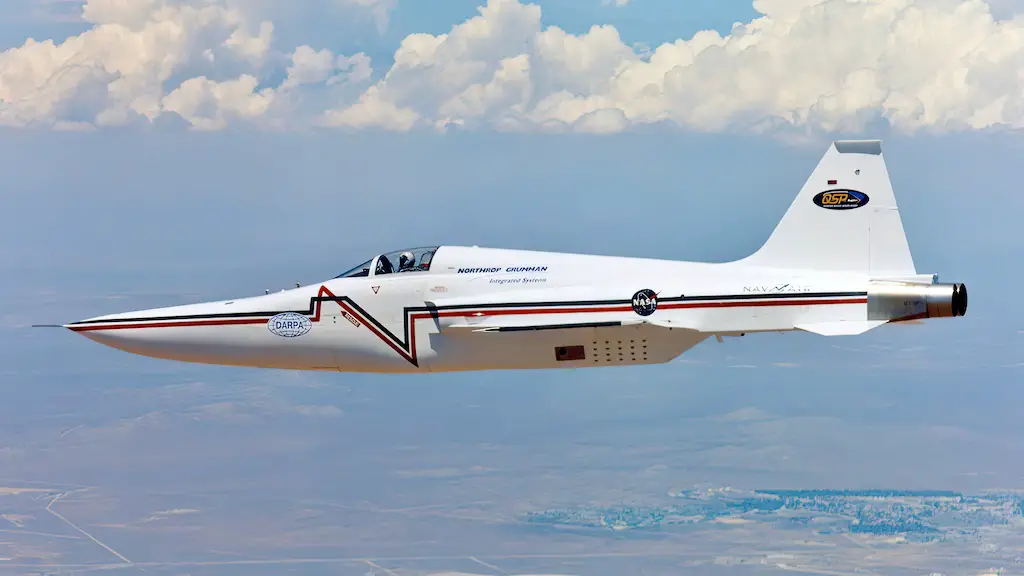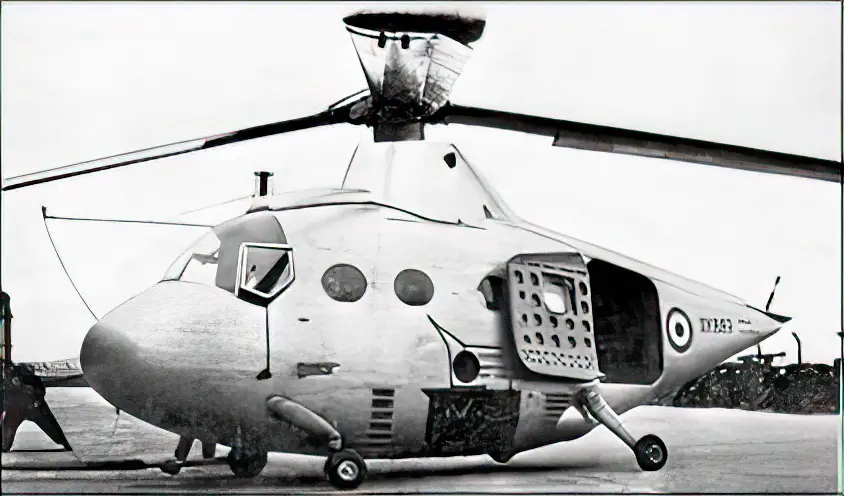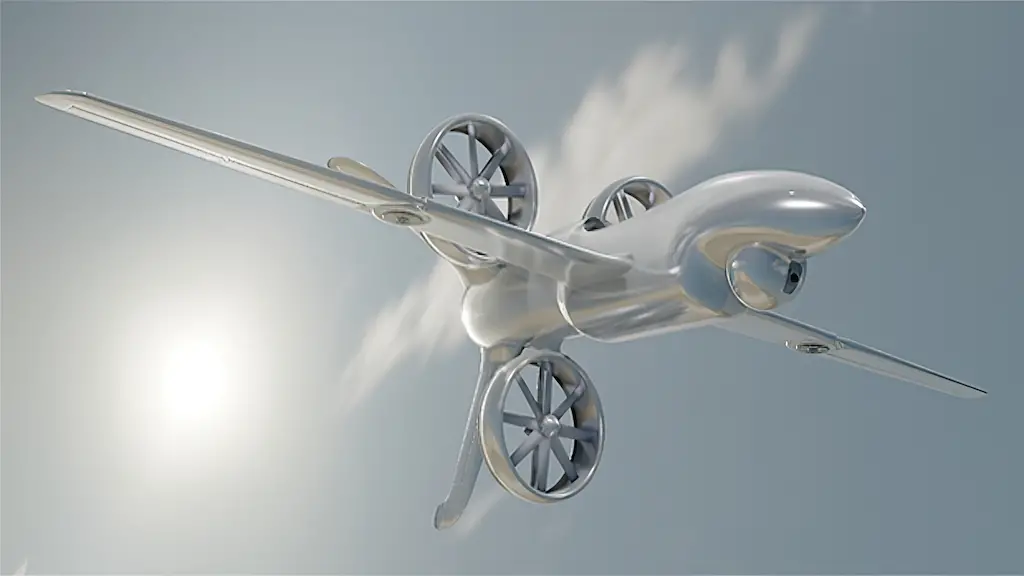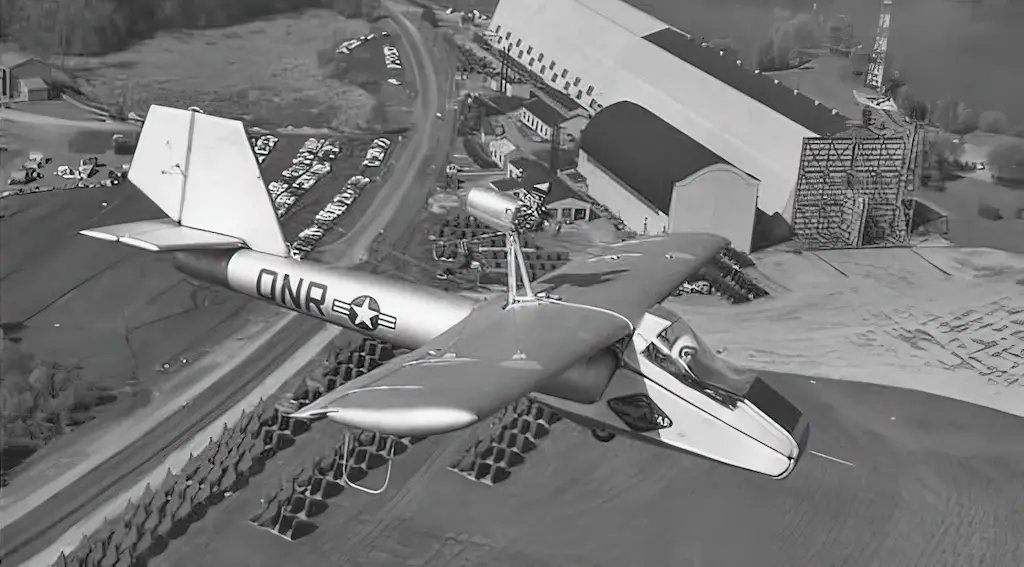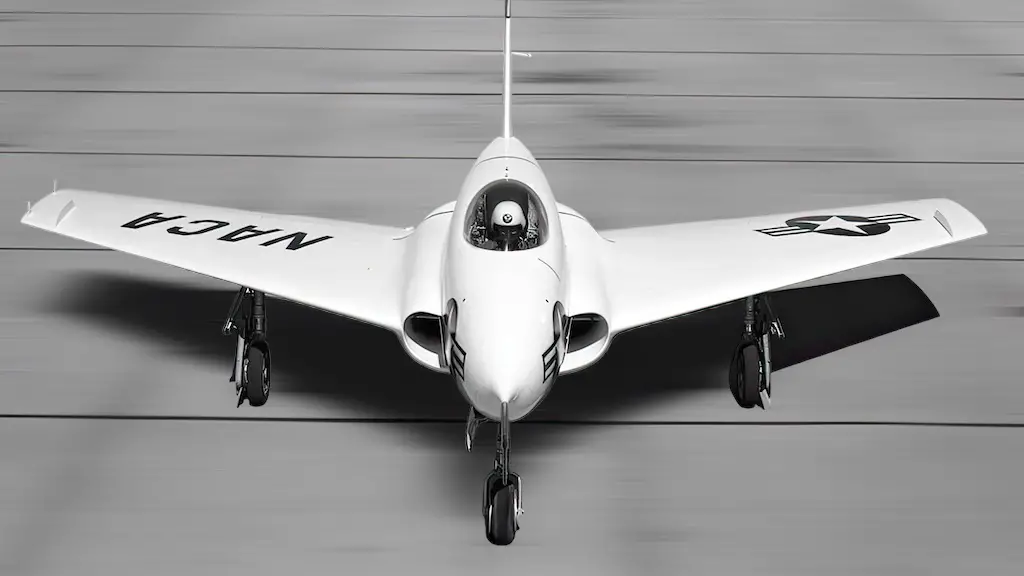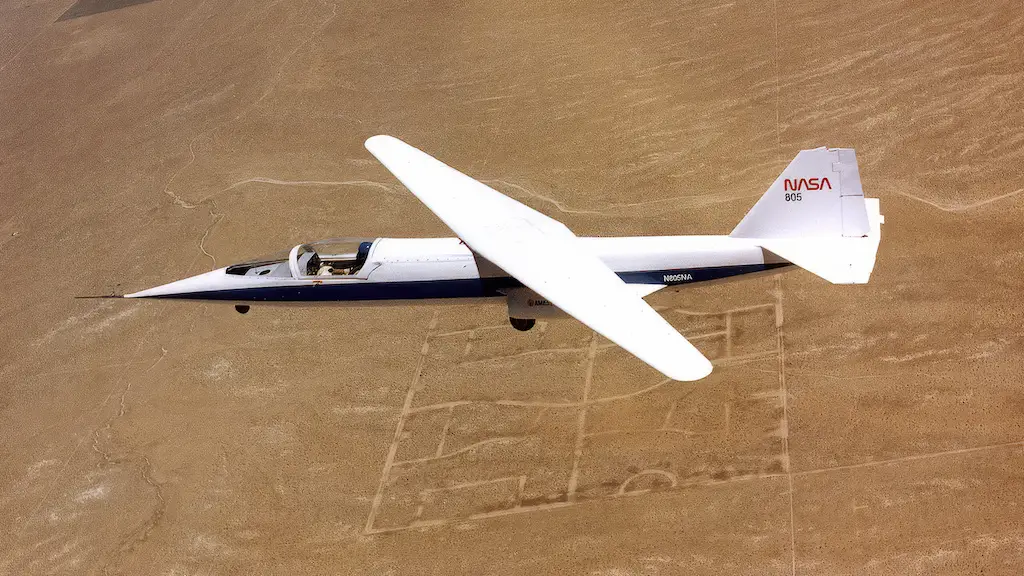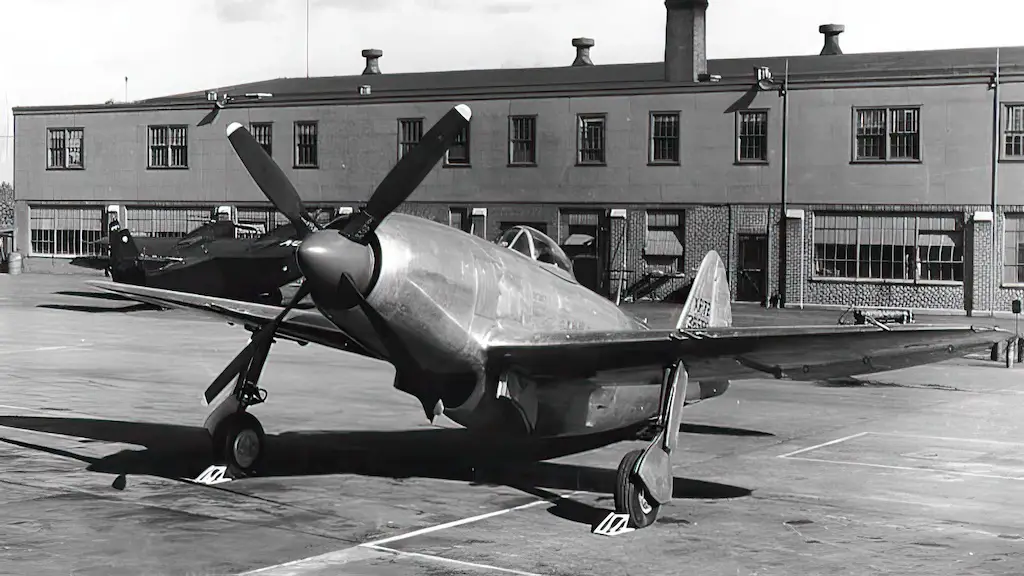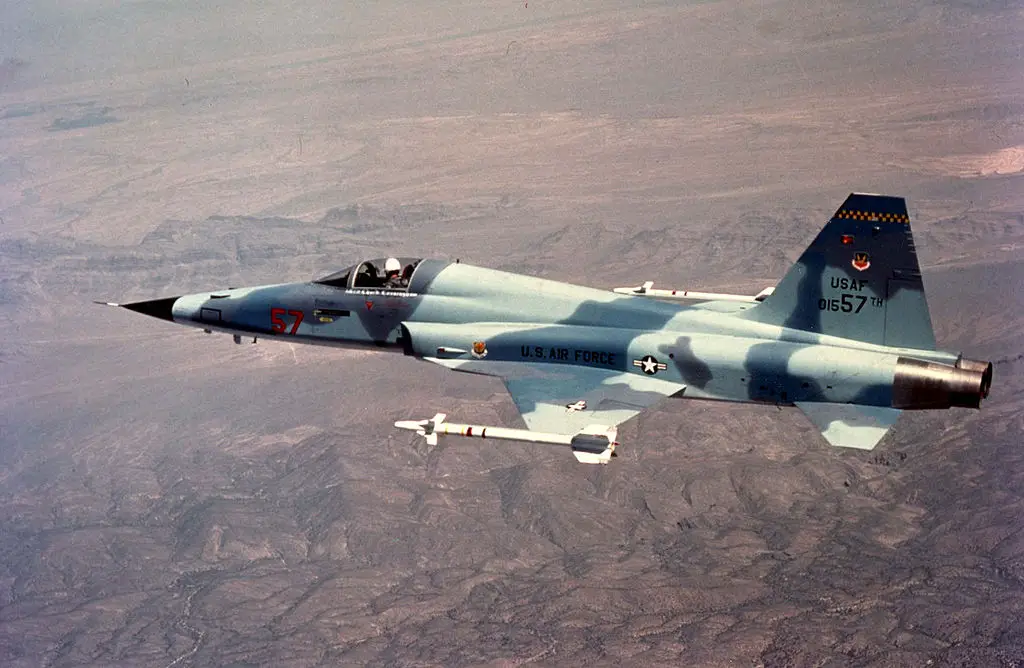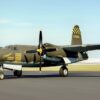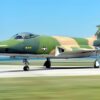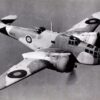Remember that time NASA took an F-5 and made it look like it was ready for a day at the yacht club? Yup, the Shaped Sonic Boom Demonstration had the F-5 dressed up more like a boat than an aircraft. But trust us, it wasn’t setting sail; it was taking off to break barriers… literally.
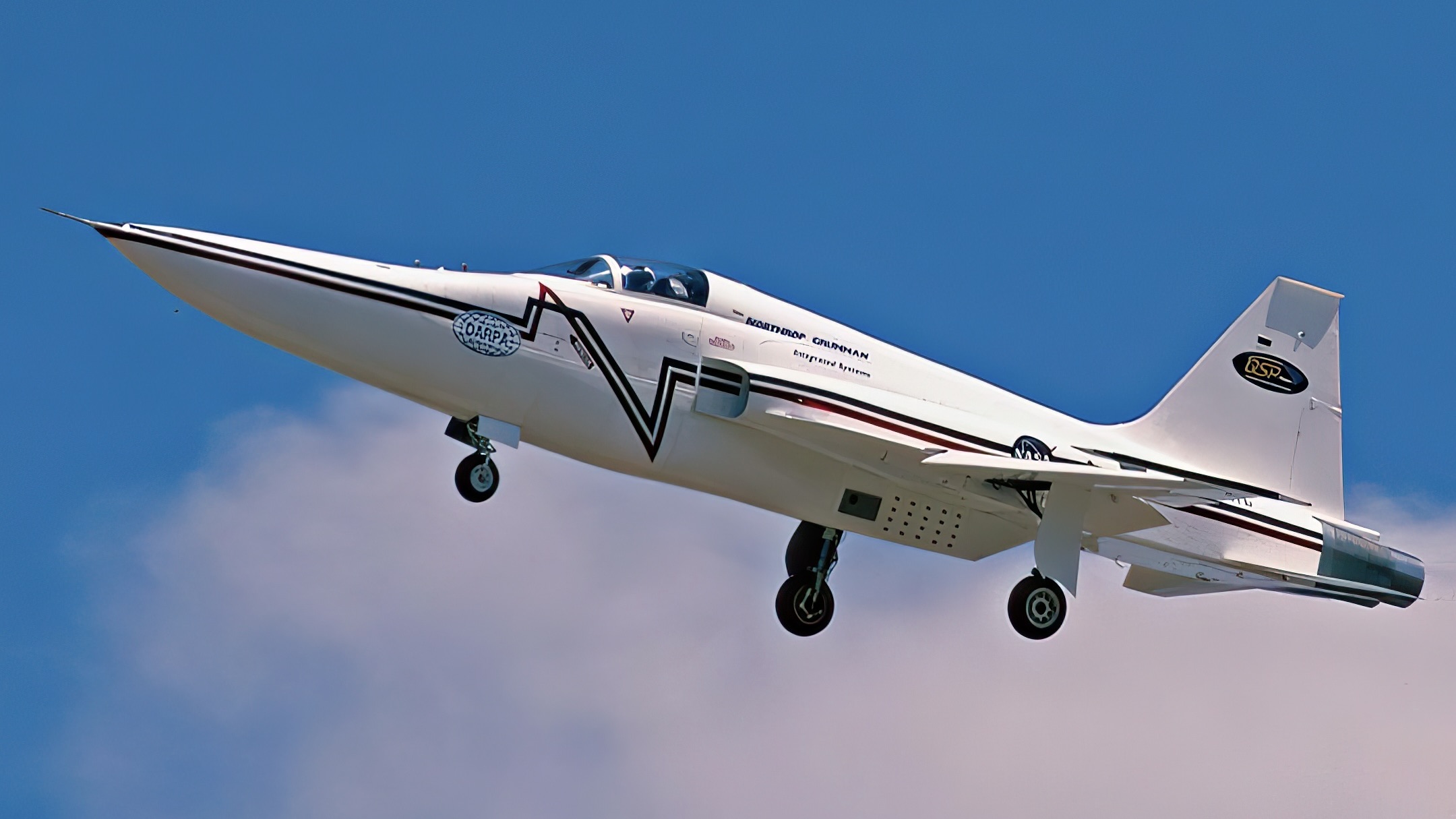
Why All the Sonic Fuss?
So, why did NASA want to tinker with the sonic boom? Well, the sonic boom can be quite disruptive, causing disturbance to communities and potentially damaging structures. If scientists could muffle the loud ‘thud’ that follows an aircraft breaking the sound barrier, it would be revolutionary. Enter the Shaped Sonic Boom Demonstration. This two-year program was NASA’s quest to see if they could reshape and reduce the aircraft’s shock wave, thus making the sonic boom less boomy.
Collaboration was the name of the game. The team was a concoction of brains from NASA’s Langley Research Center, Dryden Flight Research Center, and the wizards from Northrop Grumman. Together, they embarked on what would become, in 2003, the most thorough research on sonic booms.
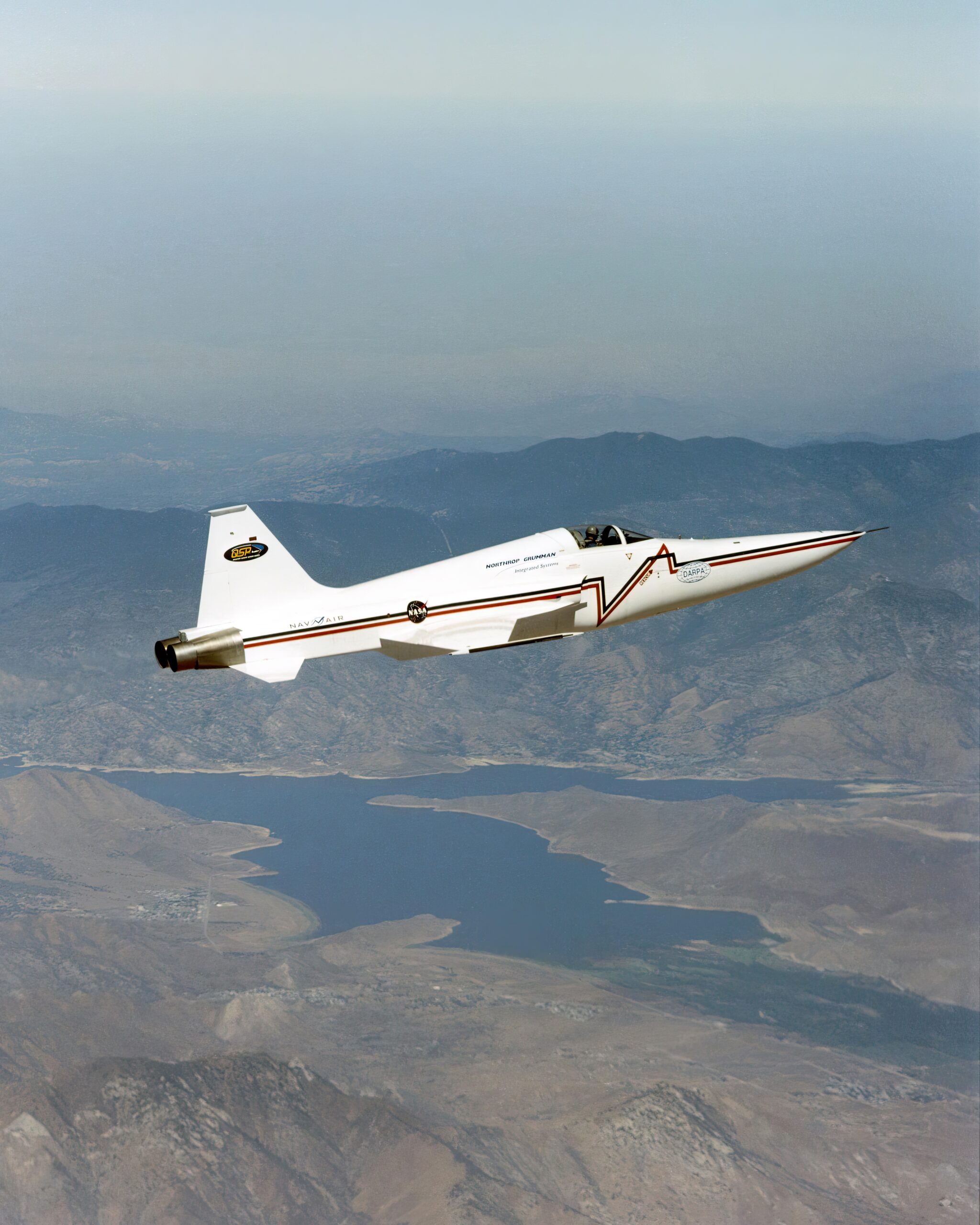
All About the Aircraft Mods
Our humble F-5E wasn’t going to cut it in its original form. Northrop Grumman Corporation’s Integrated Systems Sector stepped in and gave the F-5E the makeover of its life. It wasn’t getting ready for a movie premiere; it was gearing up for some serious sonic boom experiments. The idea was to change the aircraft’s fuselage in a way that could mold its shock wave.
To ensure the modified aircraft wasn’t just bluffing, an unaltered F-5E flew behind it. This chase plane was vital as it provided a baseline sonic boom measurement. Now, we had a reference to truly appreciate the reduced boom created by the modified star of the show.
Gathering the Boom Data
The tests were as intricate as they sound. An F-15B research testbed aircraft was hot on the F-5E’s heels during several flights, making sure to capture every detail of its shock wave signature. We weren’t just relying on one or two instruments; there was a whole ensemble of them. A special shoutout goes to a glider from the U.S. Air Force Test Pilot School, which bravely flew underneath the F-5E, equipped with a microphone and pressure transducer. Their mission? To record those sonic booms in the air.
But the ground wanted in on the action too. An impressive array of 42 sensors lay sprawled across 2.5 miles, eagerly awaiting to record every sonic nuance as the F-5E zipped overhead. These ground-level recordings would be essential to determine just how successful the experiment was.
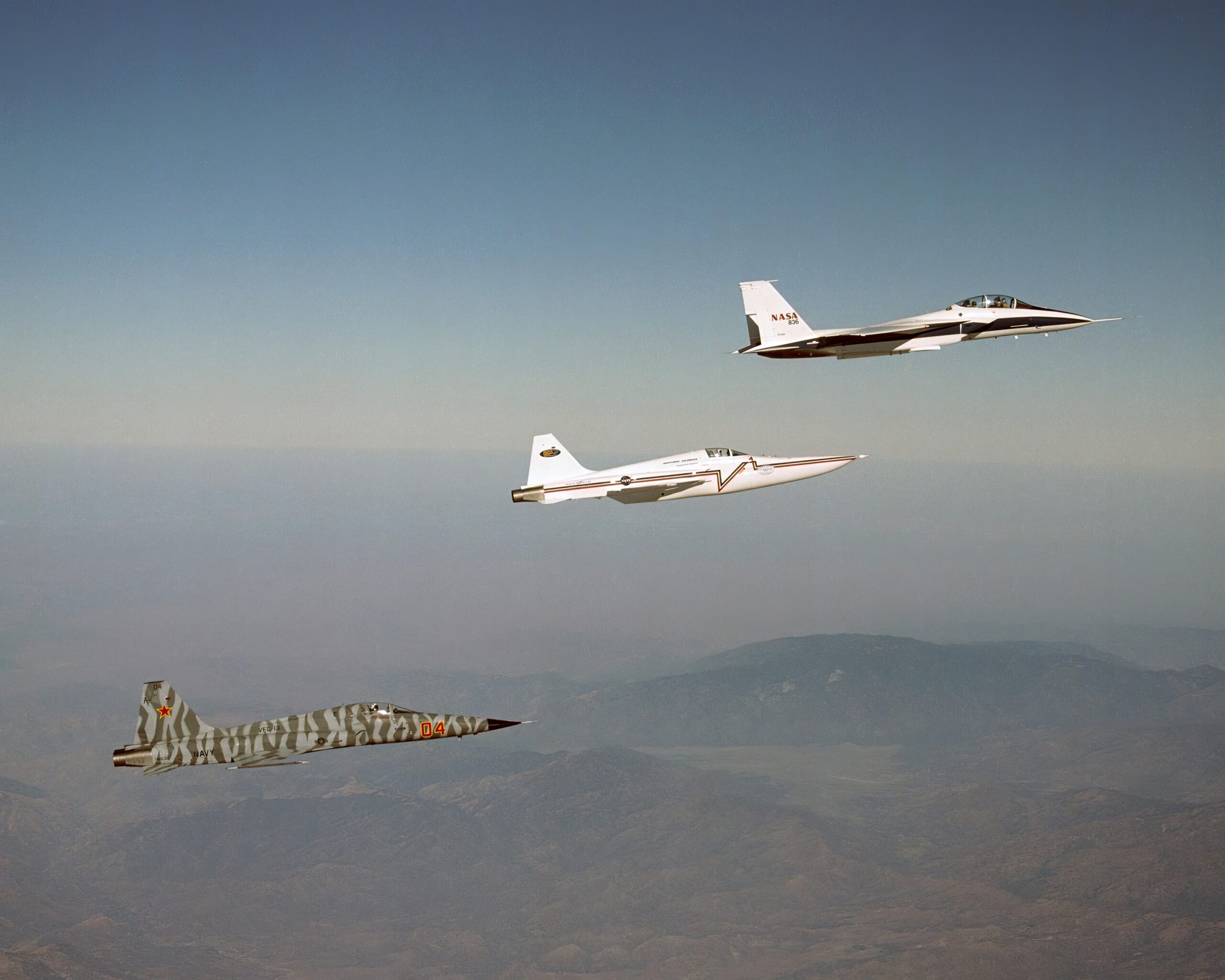
The Results are In!
After analyzing over 1,300 recordings, some of which were captured from within the very shock wave, the results were astonishing. The Shaped Sonic Boom Demonstration managed to trim down the sonic boom by about one-third. So, yes, science did it again. And the best part? If you want to see the aircraft that made it all happen, it’s currently flaunting its modified glory at the Valiant Air Command Warbird Museum in Florida. Go on, give it a nod for changing the sound of speed.
